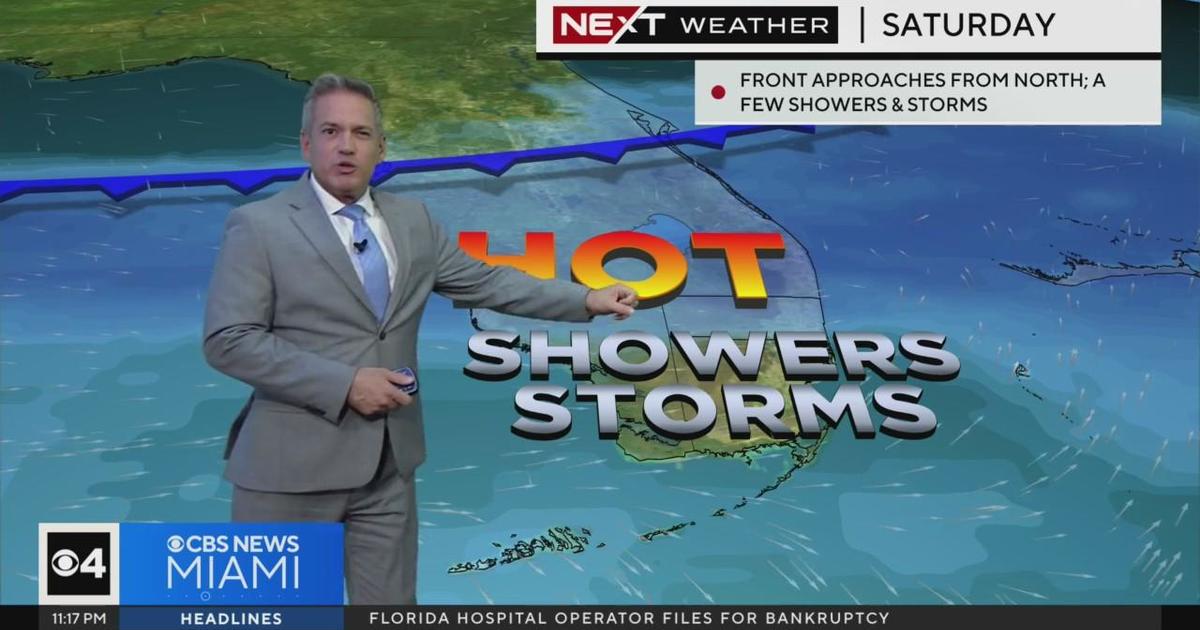Miami-Dade fire crews discuss working through extreme conditions – NBC 6 South Florida
As South Florida’s summer season kicks into high gear, we have been seeing hotter temperatures and rainy weather.
Just last week, a fire at the Temple Court Apartments burned on for hours, and two days later, dozens of homes saw unprecedented flooding.
Meanwhile, the people who respond to those situations are met with less-than-ideal situations.
NBC6 spoke to Miami-Dade Fire Rescue crews, who share how they prepare for these types of events and how they combat the factors that come with it.
“It’s certainly hot, and the outside weather certainly plays an important role,” Lieutenant Shane Pyle with Station 2 shared.
Pyle has been gearing up all summer long. He puts on his helmet, gloves, air mask, and their bunker gear, which is made up of three layers.
The layers include an outer shell, which protects against anything sharp or chemical. The second layer is a moisture barrier to keep them cool and prevent water from coming in. The last layer is a thermal barrier to protect against the heat.
“It feels 100 degrees hotter to be honest,” Pyle said.
Michael Eng, the Miami Dade-Fire Rescue Operations Division Chief, says it gets hotter when put to work.
“It can be up to 50 degrees hotter in addition to the regular temperature in our bunker gear,” Eng added.
Eng noted that firefighters throughout the county prepare for these extreme conditions. They do so by adjusting their training throughout the day and staying hydrated, the day before and day of.
Eng admitted that it’s something that’s hard to do when focused on saving lives.
“We tend to be pretty bad at monitoring ourselves when it comes to the mission at hand, we tend to be very focused driven, and sometimes we even overlook our own personal well-being,” Eng said.
That’s why the department has rehabilitation areas at every scene to make sure these men and women rehydrate, rest, and check their vitals before going back out.
It was deployed in situations like the fire at the Temple Court Apartments last week, where long hours were spent trying to stop the fire from spreading.
There was also days spent driving and walking through flooded streets, rescuing stranded homeowners, after last week’s storms.
Eng also shared that there are tasks that are that much harder because of environmental conditions.
“We treat every emergency whether minor or significant as we would any other emergency, so with the temperatures being as they are, we could experience things from heat cramping to heat exhaustion to heat stroke,” Eng shared.
He emphasized that they hope for the best but prepare for the worst, as they continue to acclimate to South Florida’s summer and aid the community as best they can.



